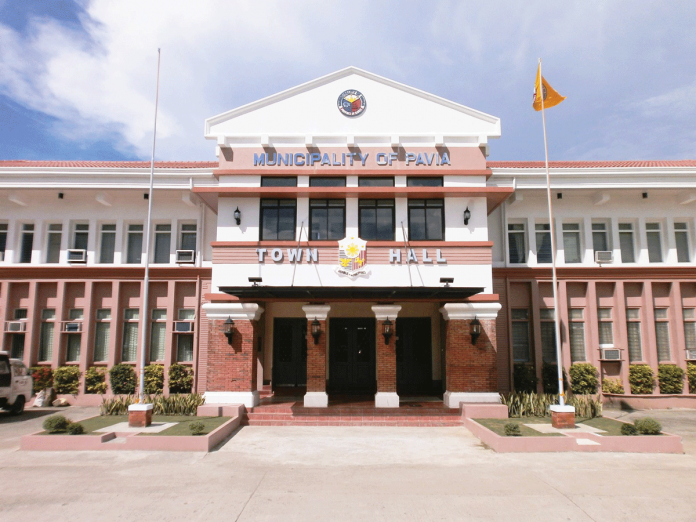
THE town of Pavia, Iloilo – tagged as the Regional Agro-Industrial Center in Western Visayas – has emerged from a facile to a bustling town of industrial and manufacturing firms. According to the 2015 census, it has a population of 55,603 people. Pavia is the smallest municipality in terms of area in Iloilo, covering only 2,715 hectares.
How the town got its name is unclear, and has long been disputed.
However, historical facts coupled with sentiments made Pavianhons believe that their town was built in 1848 when 13 landowners decided to shape the future of the former camping place, decisively noted as “biya-biya”, meaning neglected or abandoned.
The detailed account of town’s history was found in the unpublished report as edited by Gaudiosa Janeo, Fernando Hubero and former mayor Nelson Gumban.
It was an updated report of the preliminary report made in 1954 during the time of Mayor Vicente Gerochi.
The latest report was made in 1977 by Guia Villaprudente as published in her book, “Pavia, Yesterday, Today and Tomorrow.”
It was believed that Pavia was settled by the Malays before the invasion of the Spaniards.
It was later settled by the Chinese as evidenced by archeological diggings of a Chinese burial ground on the embankment of Cabugao Sur approximately between the 15th and 16th centuries.
The Malays and the Chinese established trade and commerce in the settlement with an estimated population of 200 to 400.
The 13 landowners were the following:
* Anacleto Hedriana
* Marcos Evangelista
* Barbarino Maquiling
* Constantino Gumban
* Graciano Gonzaga
* One surnamed Ramos
* One surnamed Remegio
* One surnamed Leocadio
* One surnamed Gregori
* Mariano Maquiling
* Vicente Hechanova
* Locario Jontanilla
* Jorge Jagolino
The first nine of those landowners were being immortalized, as nine of the municipal streets were named after them.
Other version had it that the town was named after General or Colonel Pavia, as to why should be immortalized, it was not known.
Pavia, which became a part of Santa Barbara in 1901, seceded from it in 1904 and was then attached to the city of Iloilo.
In 1907, Pavia, together with Leganes and Jaro seceded from the City of Iloilo, making Pavia then an “arabal” of Jaro.
Petronilo Gumban governed Pavia from 1916 until his election as Presidente Municipal of Jaro in 1920. It was in 1921 when Pavia through the efforts of its prominent citizens headed by Delfin Gumban, obtained her territorial independence from Jaro. +
Today, Pavia is one of the fastest growing economies in Iloilo. It also makes big strides in becoming an agricultural-industrial center and a commuter town where a number of suburb neighborhoods are located./PN







